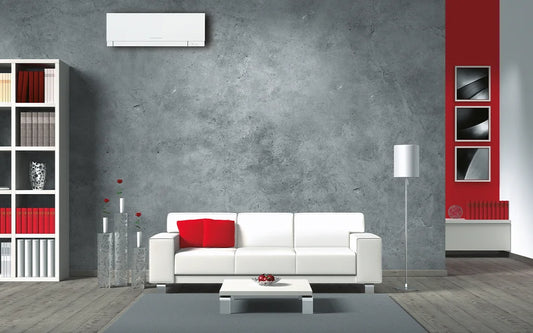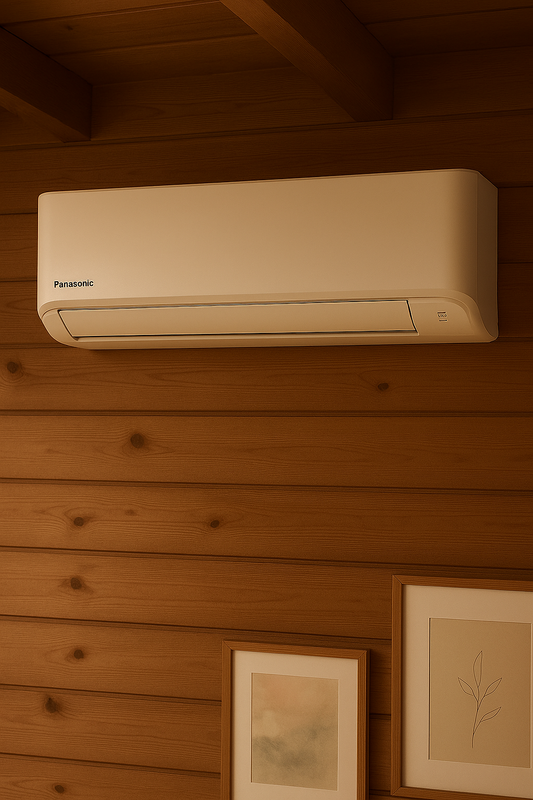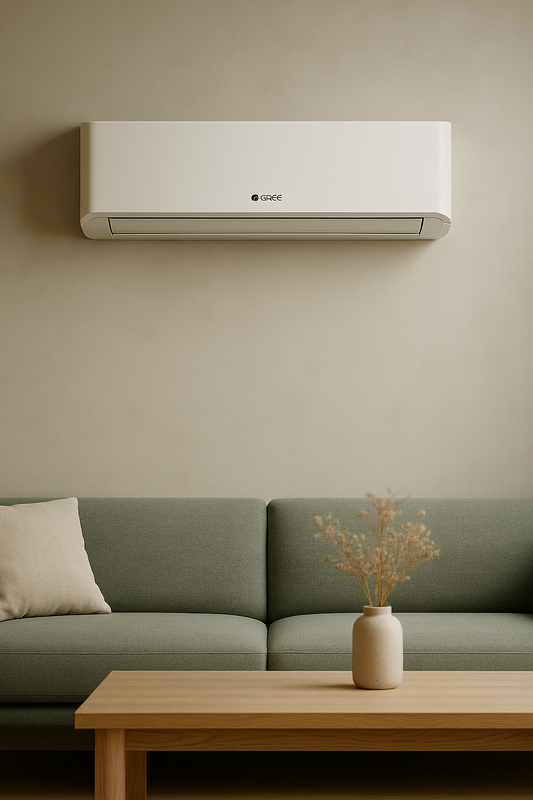Inomhusklimat: Vad du behöver veta
Inledning
Inomhusklimat är en viktig faktor för människors hälsa och välbefinnande. Det avser kvaliteten på luften och den övergripande miljön inomhus, inklusive temperatur, luftfuktighet och luftcirkulation.
Definition och Bakgrund
Inomhusklimatet påverkas av olika faktorer, inklusive ventilationssystem, isolering, väderförhållanden och mänsklig aktivitet. En hälsosam inomhusmiljö främjar produktivitet, koncentration och sömnkvalitet samtidigt som den minskar risken för luftburna sjukdomar och allergener.
Fördelar och användningsområden
Ett välreglerat inomhusklimat kan leda till ökad trivsel och minskad sjukfrånvaro. Genom att ha kontroll över luftfuktighet och temperatur kan man skapa en behagligare och hälsosammare miljö. Dessutom kan rätt inomhusklimat öka energieffektiviteten i byggnader genom att optimera värmereglering och ventilation.
Relaterade tekniker, begrepp eller variationer
Några relaterade tekniker och begrepp inkluderar luftkvalitet, luftrening, smarta termostater och värmeregleringssystem. Dessa kompletterande tekniker kan förbättra inomhusklimatet ytterligare genom att minska förekomsten av allergener, justera temperaturen efter individuella preferenser och övervaka luftkvaliteten.
Vanliga frågor (FAQ)
-
Vad är en idealisk luftfuktighet inomhus?
En idealisk luftfuktighet ligger vanligtvis mellan 30-50%, vilket ger en bekväm och hälsosam miljö.
-
Hur kan jag förbättra inomhusluftkvaliteten?
Du kan förbättra luftkvaliteten genom regelbunden rengöring, användning av luftrenare och säkerställa god ventilation.
-
Vad är skillnaden mellan värmereglering och termostatstyrning?
Värmereglering reglerar temperaturen i hela byggnaden medan termostatstyrning ger individuell kontroll över temperaturen i olika rum.
Sammanfattning
Inomhusklimatet har en betydande inverkan på människors hälsa, välbefinnande och produktivitet. Genom att förstå och optimera inomhusmiljön kan man skapa en mer bekväm och hälsosam livsmiljö.
Air Quality Monitoring Systems
In addition to the aforementioned techniques, air quality monitoring systems play a crucial role in maintaining a healthy indoor environment. These systems can detect and measure various pollutants and contaminants such as volatile organic compounds (VOCs), carbon monoxide, and particulate matter. By continuously monitoring air quality, occupants can take proactive measures to mitigate any potential health risks associated with poor indoor air quality.
Passive Design Strategies
Passive design strategies involve architectural and building design elements that leverage natural resources such as sunlight, ventilation, and thermal mass to regulate indoor climate. For instance, strategically positioned windows and shading devices can optimize daylight and reduce the need for artificial lighting, contributing to energy efficiency and thermal comfort. Additionally, natural ventilation techniques, such as cross-ventilation and stack effect, can enhance air circulation and reduce reliance on mechanical ventilation systems.
Case Study: Green Building Certification
Green building certification programs, like LEED (Leadership in Energy and Environmental Design) and BREEAM (Building Research Establishment Environmental Assessment Method), emphasize the significance of indoor environmental quality in sustainable building practices. These certifications recognize buildings that prioritize indoor air quality, thermal comfort, and occupant well-being. By adhering to the standards set by these programs, buildings can demonstrate their commitment to creating healthy and comfortable indoor spaces while minimizing environmental impact.
Indoor Air Quality
Indoor air quality (IAQ) refers to the air purity within and around buildings as it relates to the health and comfort of the occupants. Factors such as airborne pollutants, ventilation, and humidity levels significantly impact IAQ. Poor IAQ can lead to various health issues, including allergies, respiratory infections, and fatigue, making it crucial to maintain optimal indoor air quality.
Humidity Control
Effective humidity control is essential for ensuring a healthy indoor environment. Excessive moisture can foster mold growth and create a breeding ground for dust mites, while overly dry conditions can cause discomfort and exacerbate respiratory problems. Employing dehumidifiers and humidifiers can help regulate indoor humidity levels and improve overall air quality.
Building Automation Systems
Building automation systems integrate various technologies to monitor and control building operations, including heating, ventilation, air conditioning, and lighting. These systems enable precise regulation of indoor environmental parameters, optimizing energy usage and enhancing occupant comfort. By automating climate control and air quality management, building automation systems contribute to maintaining a healthy indoor environment.
Energy-Efficient HVAC Systems
Energy-efficient heating, ventilation, and air conditioning (HVAC) systems play a pivotal role in maintaining an optimal indoor climate while minimizing energy consumption. Advanced HVAC technologies, such as variable refrigerant flow (VRF) systems and heat recovery ventilation, enhance temperature control and air quality while reducing the environmental impact of heating and cooling processes.
Occupant Behavior and Awareness
Occupant behavior and awareness significantly influence indoor environmental conditions. Educating occupants about the importance of proper ventilation, temperature regulation, and energy conservation can encourage responsible practices that contribute to a healthier indoor environment. Additionally, promoting eco-friendly habits, such as using natural ventilation when feasible and turning off electrical appliances when not in use, can enhance overall indoor air quality and comfort.
Biophilic Design Elements
Biophilic design incorporates natural elements and patterns into indoor spaces to foster a connection with the natural environment. Integrating features such as indoor plants, natural materials, and access to natural light can improve psychological well-being, reduce stress, and enhance cognitive function among occupants. By integrating biophilic design elements, indoor environments can promote a sense of tranquility and rejuvenation.



